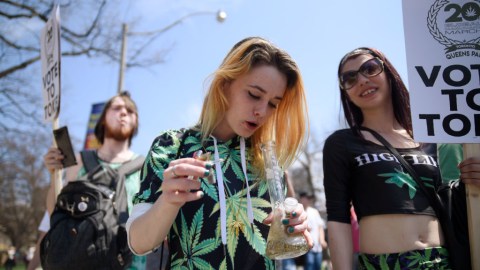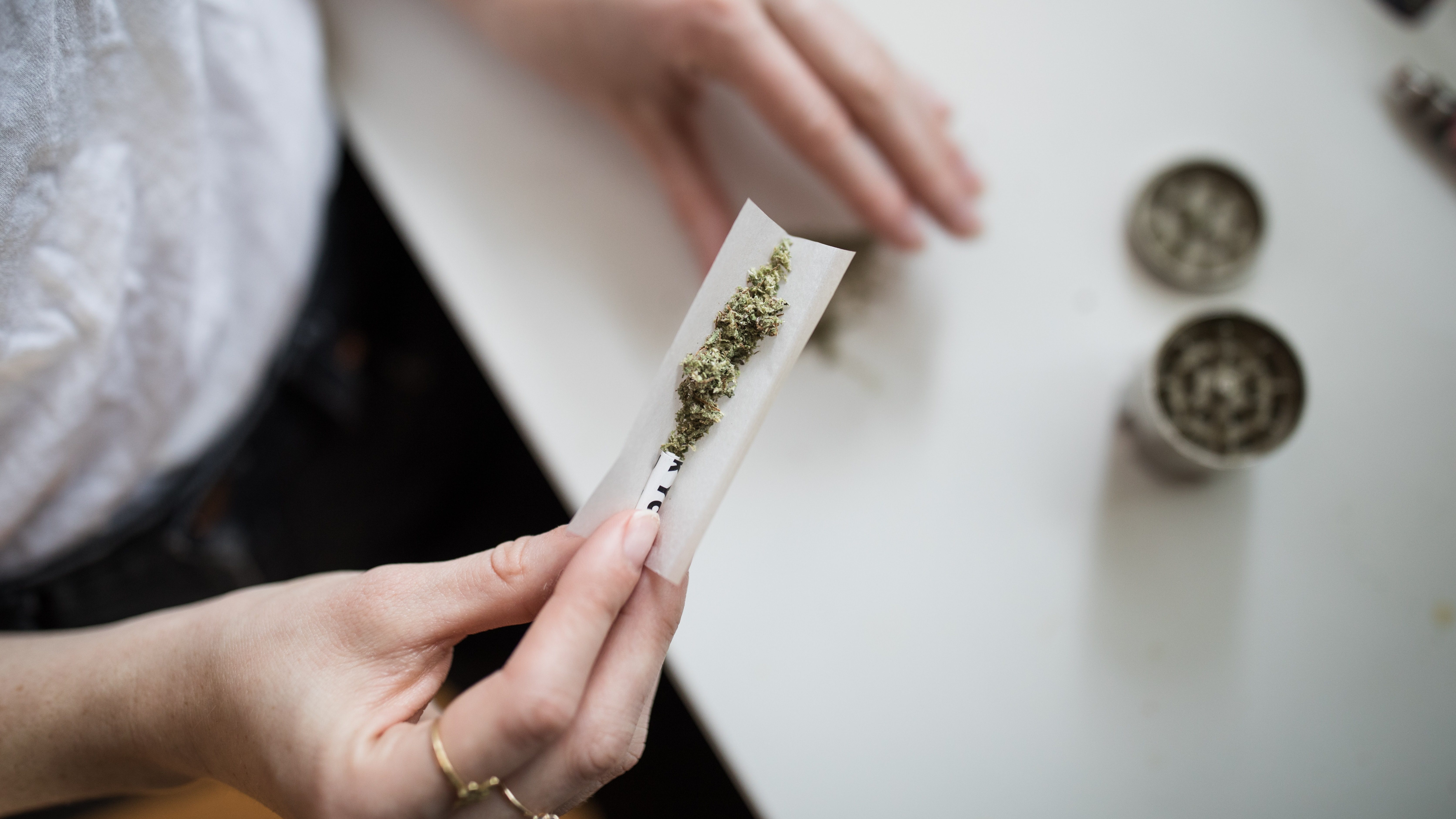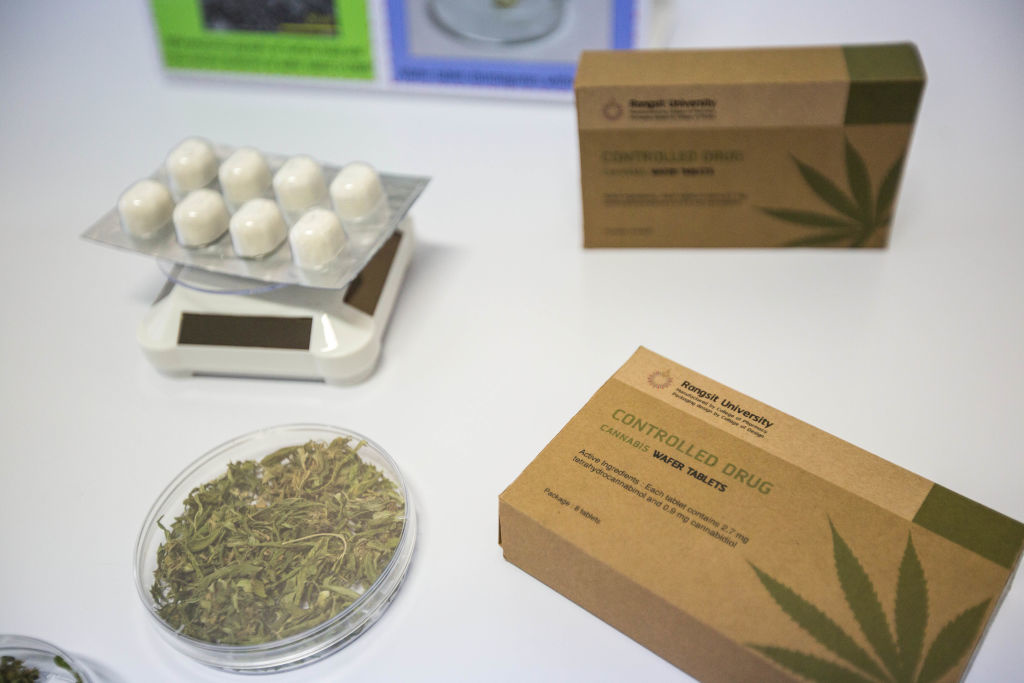- The report is based on the most recent data from the National Survey on Drug Use and Mental Health.
- Overall, the share of younger Americans (17 and under) who have used marijuana in the past year declined slightly from 2016 to 2017, but some states showed increases.
- No studies indicate that marijuana legalization causes more teens to start using marijuana.
As marijuana becomes increasingly legal across the U.S., are more American teens using cannabis, and how do usage rates vary by state?
A recent report from Oxford Treatment Center explored those questions by comparing data from the Substance Abuse and Mental Health Services Administration’s National Survey on Drug Use and Mental Health for 2016 to 2017, which was the most recent dataset available.
What did the report indicate? Well, there are some considerable differences among U.S. states when it comes to their share of young people (17 and younger) who use marijuana. Utah, for instance, came at the bottom of the list (9.2 percent) while its immediate neighbor, Colorado, came in on top (17 percent).

Nationally, the share of younger Americans who had used marijuana in the past year declined slightly from 2016 to 2017, though some states saw double-digit year-over-year increases, such as Massachusetts, Vermont, Washington, and Illinois — all states where recreational marijuana is or will soon be legal.

You can check out how your state ranked in the infographic below.

Does legalization cause more teens to use marijuana?
There’s no evidence that conclusively shows legalization causes more teens to start using marijuana. In fact, a 2018 report from the Colorado Department of Public Safety showed that marijuana use among teens hadn’t significantly changed in the years since the state became the first to legalize recreational marijuana. But that doesn’t mean Colorado’s legalization experiment hasn’t brought problems.
One is driving while high: Car-accident fatalities involving “cannabinoid‐only or cannabinoid‐in‐combination” drivers increased from 55 in 2013 to 139 in 2017.
“I think more than anything we need to combat that perception about driving while high,” Andrew Freedman, a consultant for governments considering legalization, told The Denver Post. “Just because you’re driving slowly on the highway doesn’t mean it’s safe.”
The number of hospitalizations involving marijuana also increased after legalization. Increasingly potent marijuana likely bears some of the blame: THC levels in marijuana have increased nearly three-fold since the early 1990s, and it’s unknown exactly how this is affecting users. Some health experts warn it’s more dangerous than the public might be aware.
“Horrible things are happening to kids,” Libby Stuyt, a psychiatrist who treats teens in southwestern Colorado and has studied the health impacts of high-potency marijuana, told The Washington Post, which reported that visits to Children’s Hospital Colorado facilities for paranoia, psychosis, and other “acute cannabis-related symptoms” jumped from 161 in 2005 to 777 in 2015, in the Denver area. “I see increased problems with psychosis, with addiction, with suicide, with depression and anxiety.”






